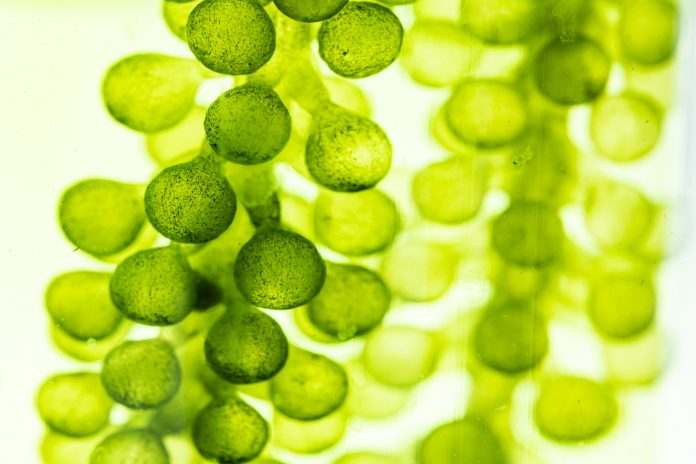The rich biodiversity that covers our planet originated from a fateful evolutionary event once called plant terrestrialization, but how do scientists unlock the secrets of plant evolution
Terrestrialization occurred when a group of algae evolved into land-invading plants.
An international group of researchers, led by a team from the University of Göttingen, studied a simple algae called Mesotaenium endlicherianum, closely related to land plants, to further understand the mechanisms of ancient plant evolution
They collected extensive gene activity data to understand this algae’s inner workings. Their findings published in Nature Plants shed light on the molecular process behind this important evolutionary transition.
Experimenting on algae
Researchers conducted experiments using a strain of Mesotaenium endlicherianum preserved at Göttingen University’s Algal Culture Collection for more than 25 years. Using a unique setup, they exposed this alga to various light and temperature levels.
Janine Fürst-Jansen, a researcher at the University of Göttingen, explained that they began by testing the alga’s resilience to different light and temperature conditions.
They observed how algae reacted to a wide range of temperatures from 8 to 29 degrees. They were intrigued to notice a relationship between temperature and light tolerance through detailed psychological analysis.
Genetic toolbox: Algae provides clues about 600 million years of plant evolution
How the algae responded was investigated on a morphological and physiological level by reading the information of about 10 billion RNA snippets.
The study used network analysis to investigate the shared behavior of almost 20,000 genes simultaneously.
They identified “hub genes” that were key in coordinating gene activity in response to environmental cues. Using this approach provided insights into how algae genes were regulated under different conditions. When combined with evolutionary studies, it revealed that these regulatory mechanisms were shared between land plants and their algal cousins.
Professor Jan de Vries, University of Göttingen, says: “What is so unique about the study is that our network analysis can point to entire toolboxes of genetic mechanisms that were not known to operate in these algae. And when we look at these genetic toolboxes, we find that they are shared across more than 600 million years of plant and algal evolution!”
essential genetic ‘notes’ have remained consistent across a wide range of plant species
Armin Dadras, PhD student at the University of Göttingen, explains, “This insight helps us uncover long-term evolutionary patterns and reveals how certain essential genetic ‘notes’ have remained consistent across a wide range of plant species, much like timeless melodies that resonate across different music genres.”











